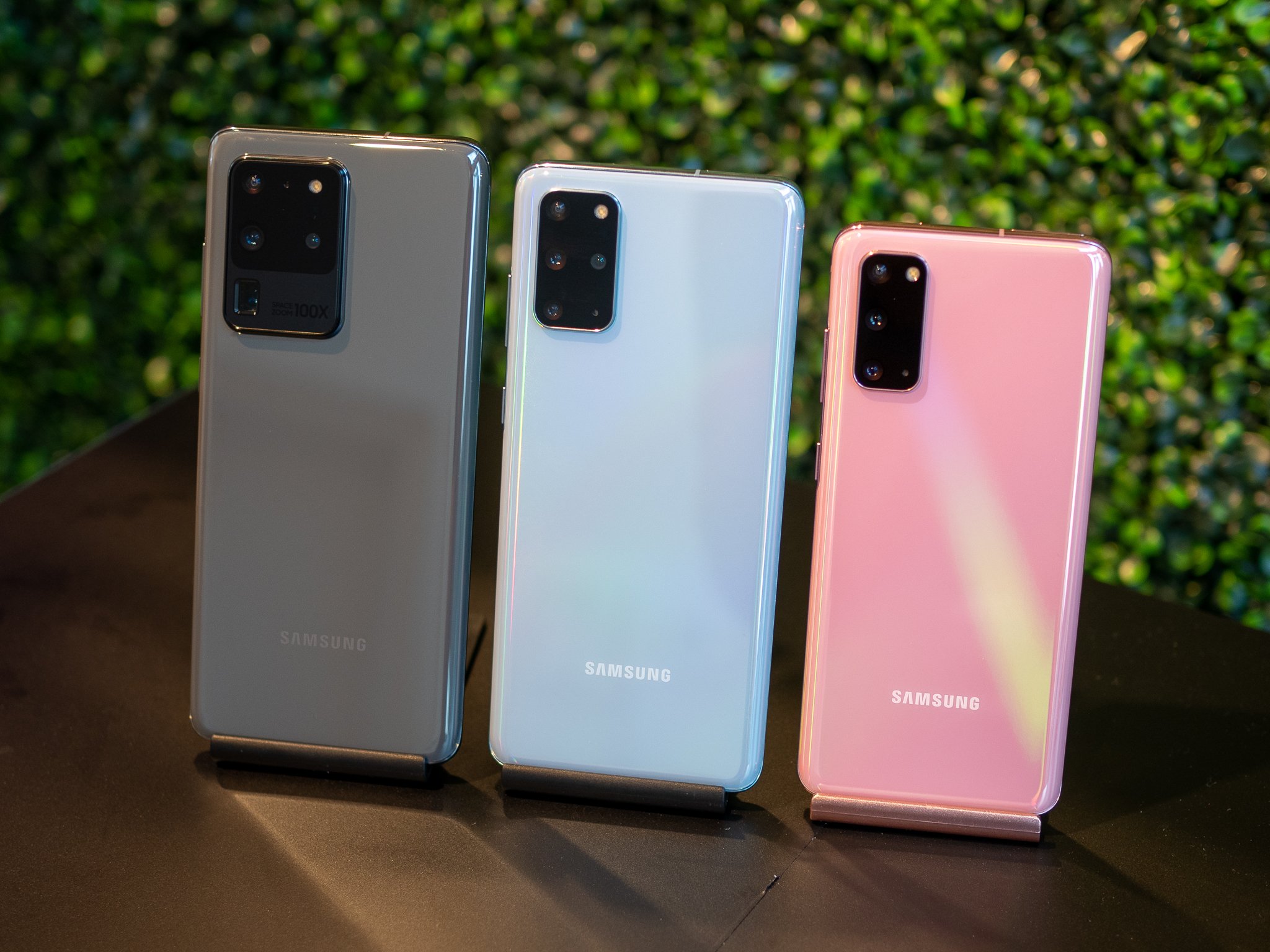A year-old flagship might just give you the best bang for your buck
As big brands support their phones for longer, picking up a year-old flagship might make sense.
Flagship smartphones are often where all the hype is in any given release cycle. Yet, in recent years the costs of the super-high-end handsets has advanced far north of the $1,000 mark. If you're buying outright, without a trade-in, one of the best Android phones like the Samsung Galaxy S21 Ultra will set you back $1,200 before tax. For foldables, it's even more, pushing towards $2,000.
Yet, at the same time, the generation-to-generation improvements are often iterative, and the commoditization of smartphone hardware means that older models often sell for much less. The aforementioned S21 Ultra offers improved telephoto cameras, autofocus, and battery life compared to the previous S20 Ultra, but the core experience is largely the same. And the difference in price is striking — a refurbished S20 Ultra can be yours for as little as $699, $500 less than the top-of-the-line 2021 model.
Shop around, and you could pick up a year-old flagship for almost half its original price.
The same applies to the year-old Galaxy Z Fold 2, now available "renewed" for half its original price.
Once upon a time, a major argument against buying an older phone was software support. With the exception of Google Pixel phones, most older handsets — even flagships — dropped off the radar in terms of platform updates after a year. But that's no longer the case. High-end phones from big Android brands like Samsung and Google now supported for four years or more. So is it smart to think twice before buying a current flagship and instead look to a more mature model?
Well, firstly, there's a big difference in support depending on which manufacturer you choose. Samsung and Google are leading the way with longer software support lifespans. The latest Google Pixels will receive Android security updates until 2026, while Samsung phones launched in 2021 will be covered until 2025. The pace at which those updates are rolled out has also hastened, at least for Samsung. (Google's phones have always enjoyed day-one updates.) The recent rollout of One UI 4 to Galaxy phones has shown that not only can Samsung push new updates and features to current-year handsets in record time, but that older handsets like the S20 and Note 20 series also aren't far behind: Both models should start receiving One UI 4 and Android 12 before the end of 2021.
This increased competition has even forced update laggards like OnePlus to sit up and take notice. The brand, once laser-focused at the enthusiast segment, announced a new and more aggressive update schedule in recent months, including a promised three years of Android security updates for flagship phones.
It's worth taking a close look at your phone's software update prospects.
Even so, there's no guarantee that these updates will arrive in a timely manner. So it's worth considering the Android update track record of your chosen brand before deciding to pick up an older flagship. Samsung, for instance, is likely to have delivered Android 12 to its 2020 handsets before OnePlus or Oppo have updated their latest models like the OnePlus 9 Pro and Find X3 Pro in most countries.
The only remaining caveat is availability: In the U.S., in particular, it can be difficult to find a 2020 flagship available at subsidized prices via your carrier, and instead, you'll have to go bargain hunting on eBay or Amazon.
In late 2021, a discounted 2020 flagship can still be a fantastic buy, particularly if it's a Samsung model. And we'd expect the same to apply a year from now when the Pixel 6 reaches its first birthday. Google's latest phones, already priced competitively, should see serious discounts. And they'll still have four years of security updates ahead of them.
from Android Central - Android Forums, News, Reviews, Help and Android Wallpapers https://ift.tt/3lDJh6q
via IFTTT

Aucun commentaire: